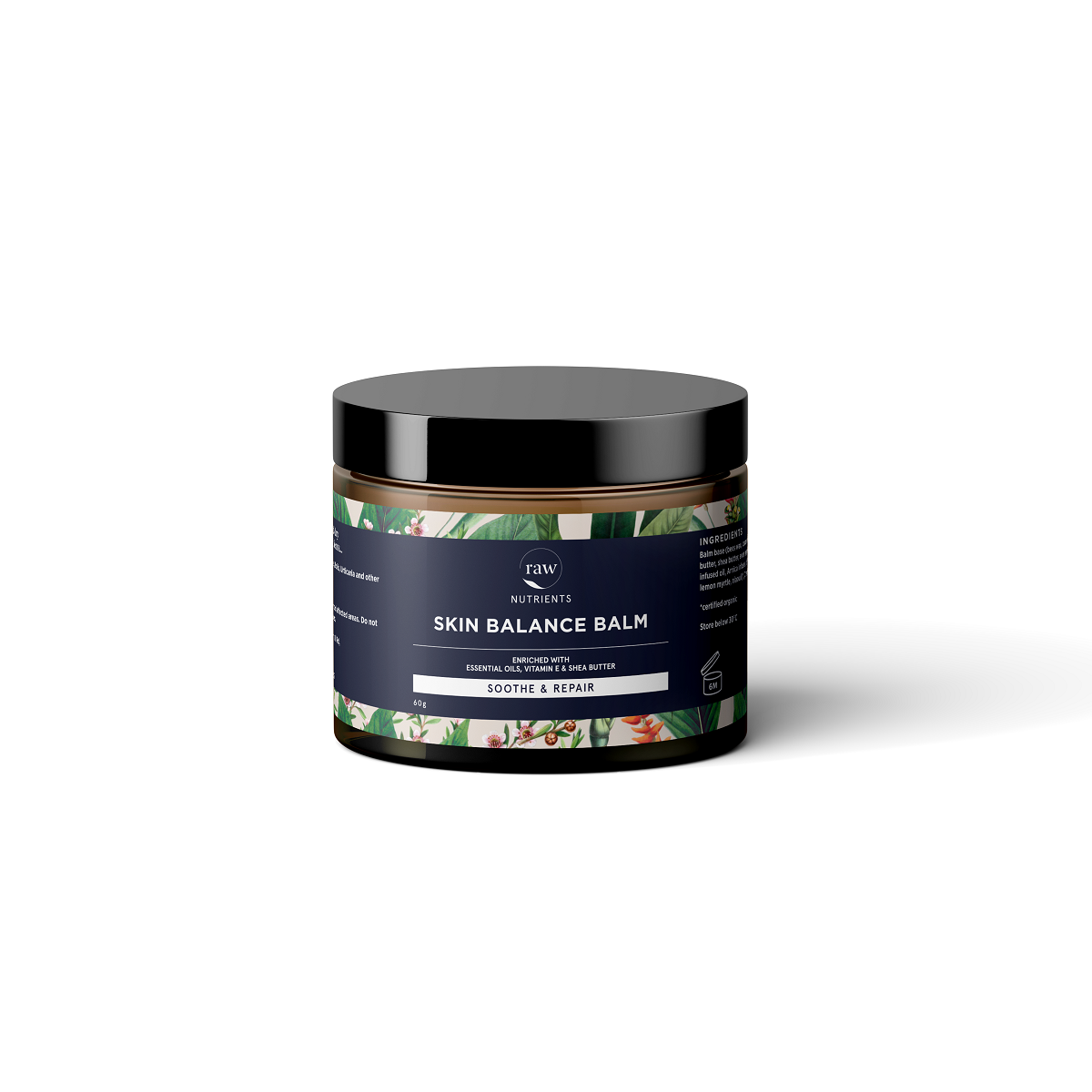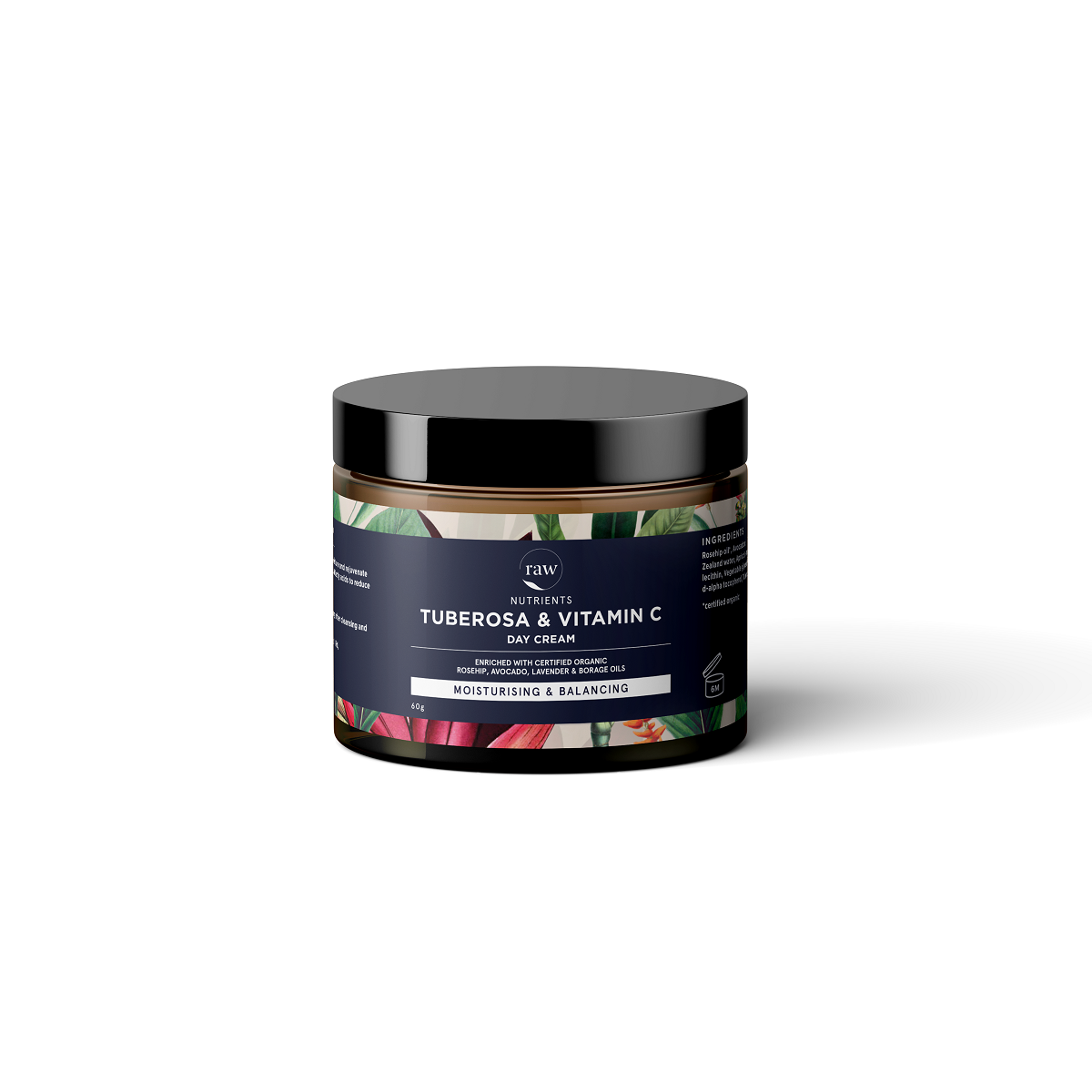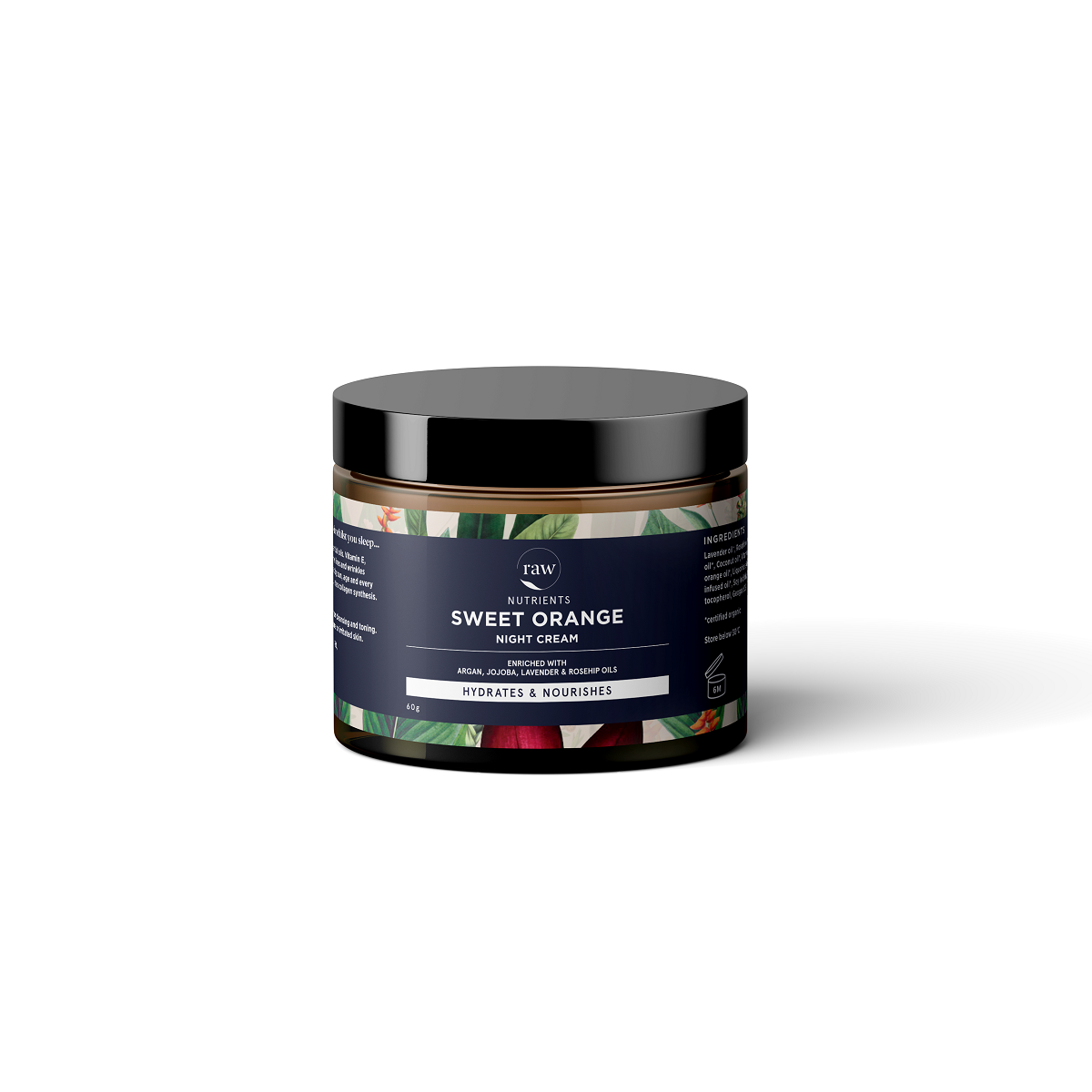-
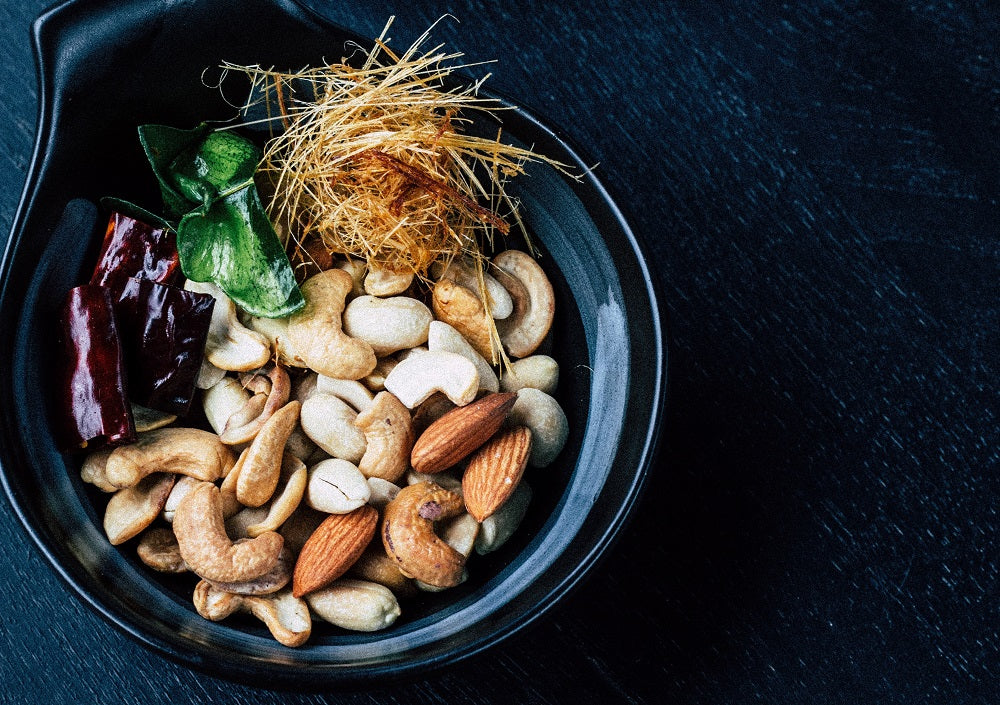
Think about zinc!
Zinc plays many important roles in your body. This essential dietary mineral is involved in metabolism processes, hel...
-

Magnesium; Are We Consuming Enough?
There is widespread magnesium deficiency, and given the importance of magnesium in the body, it is but essential to r...
-
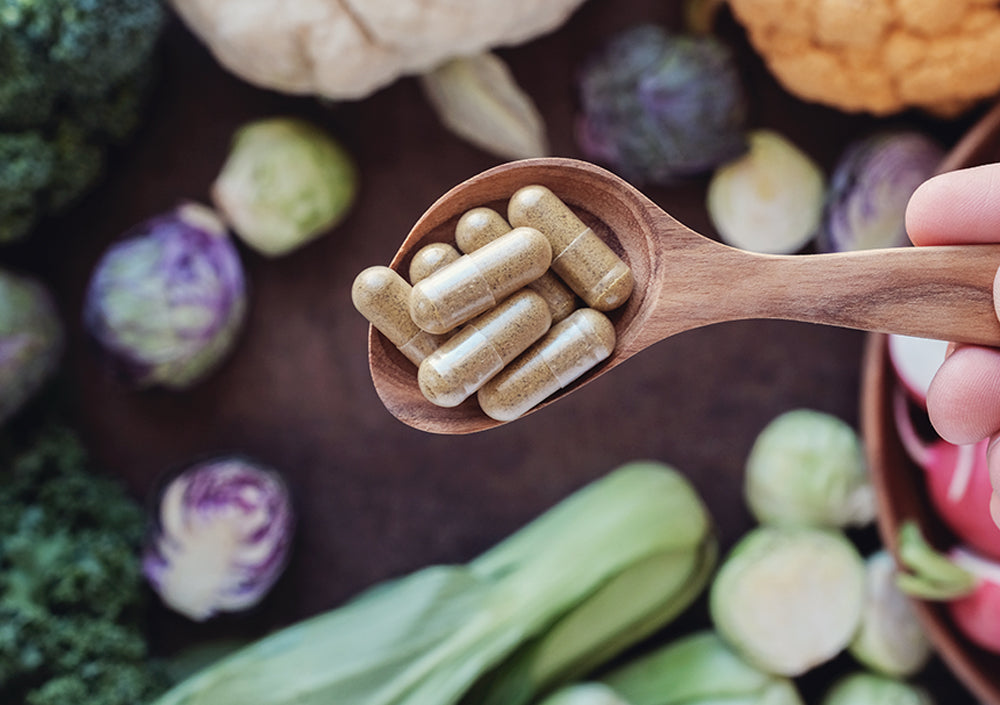
Probiotics; When & how do they work best?
Your gastrointestinal system comprises different microorganisms. The gut bacteria play a vital role in the health and...
-
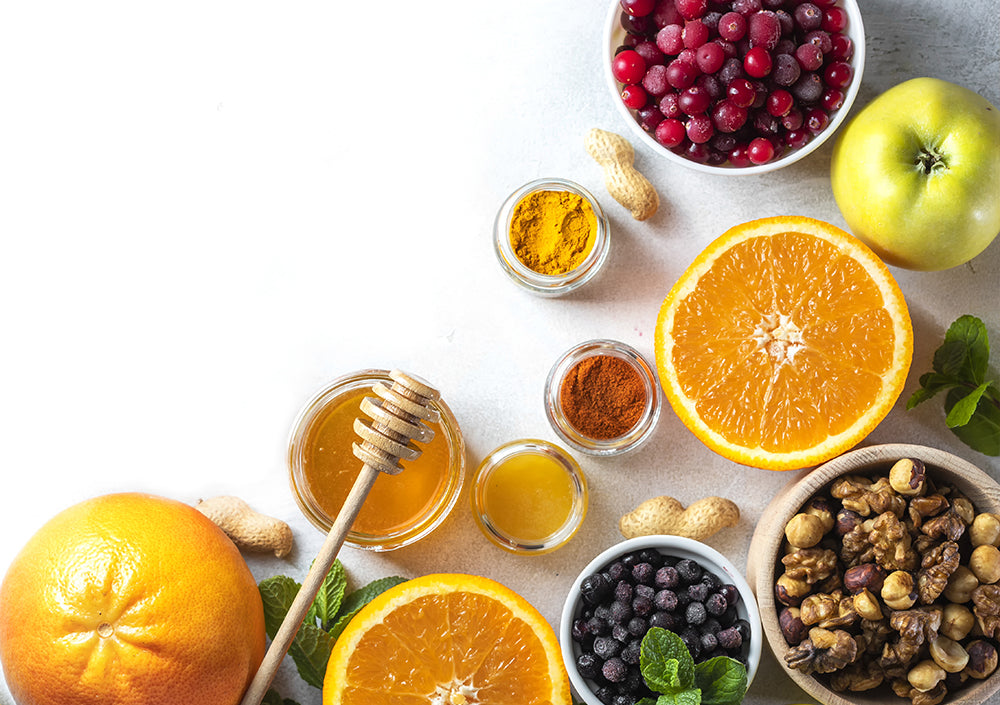
Vitamin C; How does it benefit wellness?
Vitamin C has gained popularity as an antioxidant. However, research claims that it can act as both an antioxidant an...

How much fat do you need to absorb fat soluble Vitamins optimally?
What is Vitamin D?
Vitamin D is a fat-soluble vitamin that your body produces when it is exposed to sunlight! Vitamin D, like vitamins A, E, and K, are all fat-soluble, which means that your body can keep deposits of these vitamins in either your liver or your body fats.
For example, you can get your daily source of vitamin A or retinoid in liver and fish oils, so if you consume the liver of large fishes, your body can store this vitamin A until you need it. Similarly, if you’re exposed to a lot of sunlight or if you go to a sunny place, your body can store this vitamin and you won’t have to get some sunlight for the next few days or weeks.
What does fat solubility mean?
The fat solubility of these vitamins means there’s two different things you have to note. Firstly, fat solubility affects how easily your body can absorb this vitamin with meals that have fats. Secondly, this affects the duration of how long your body can store it.
Is there such a thing as taking too much of fat-soluble vitamins?
The danger here is that, because your body stores these vitamins, you might end up ingesting more than what you need, leading to an overdose. In the example given above, if you eat too many fish livers, you can actually suffer from vitamin A poisoning. Fortunately, it’s near impossible to overdose on vitamin D! The truth is that you’re more likely to be suffering from vitamin D deficiency, rather than an overdose. The question now is…
Why do you even need to take fat to absorb vitamin D?
This is a vital question, because some people suffer from medical conditions with their intestines that affect their fat absorption. One solution is sun exposure because vitamin D produced by the body doesn’t undergo the process of fat absorption. A vulnerable population is the elderly, as they are likely to have issues with intestinal absorption and it also equally likely that they will have problems with producing vitamin D. This is why it is important to watch your fat intake, so you can get your much-needed vitamin D despite these issues!
How much fat do you need so my body can better absorb vitamin D?
To answer this question simply, research tells us that your body can absorb vitamin D easier when you eat food with a low to moderate fat content. To be more specific, exactly 11 grams of fat will result in superior absorption. In contrast, if your food has large amounts of fat, this actually lowers the absorption rate. In particular if your food has 35 grams of fat, the absorption rate is only at 16% higher. An example of this kind of high-fat meal would be a breakfast of three eggs, all cooked in butter, with a drink of coffee with cream. On the other hand, if your food is fat-free, the absorption rate would be around 15%-30% less compared to the absorption rate if you eat a fatty meal. One theory researchers and scientists have about why this is, is because the vitamin D might have become stuck to the globules of fat, preventing it from passing through the linings in the intestine.
However, it must be noted that this study was conducted using 50,000 IU or international units of vitamin D once a month. IU or international units are a measurement used for fat-soluble vitamins. The thing is that most people take their doses of vitamin D daily. The researchers noted the group’s vitamin D levels twice: one month after dosing and three months after dosing. However, the measurements showed that their vitamin D levels weren’t drastically different. What this means is that there is no conclusive result when it comes to linking daily vitamin D doses and different fat levels.
Fortunately, these same researchers conducted a later study. According to this later study, if people eat a meal with 30 grams of fat content, the absorption level is 32% higher compared to the absorption rate when you have a fat-free meal. This new research led to a discovery that absorption is not affected by eating healthy fats such as polyunsaturated fats (corn oil) or monounsaturated fats (olive oil).
You might be interested in...
Raw Resources
Read About the Science Behind the Supplements

